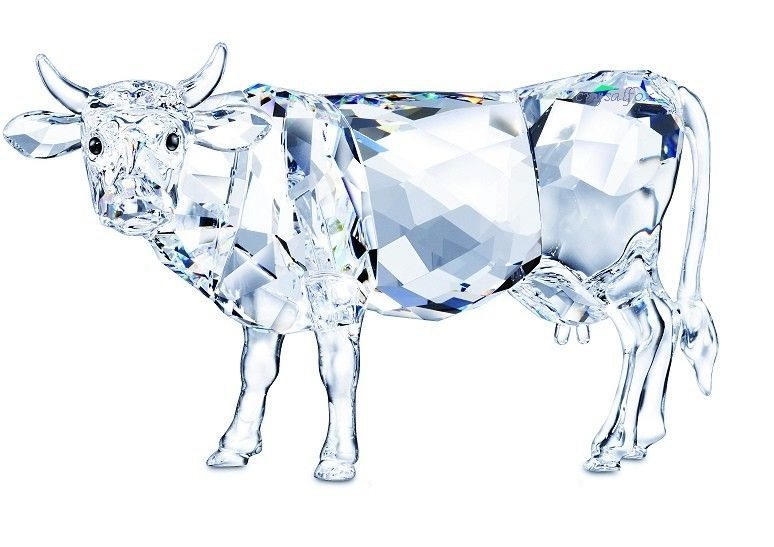
Posted on 08/19/2016 11:02:03 PM PDT by 2ndDivisionVet
Lockheed Martin, the aerospace company, have filed a patent for a new kind of 3D printer. The patent, filed on April 4 by inventor David G. Findley, describes a new way of 3D printing which would use a pre-ceramic polymer and nanoparticle filler to create synthetic diamond objects of pretty much any shape you can dream up.

“[The] method includes depositing alternating layers of a ceramic powder and a pre-ceramic polymer dissolved in a solvent. Each layer of the pre-ceramic polymer is deposited in a shape corresponding to a cross section of an object. The alternating layers of the ceramic powder and the pre-ceramic polymer are deposited until the layers of the pre-ceramic polymer form the shape of the object. The method includes heating the deposited ceramic powder and pre-ceramic polymer to at least a decomposition temperature of the pre-ceramic polymer. The decomposition temperature of the pre-ceramic polymer is less than a sintering temperature of the ceramic powder. The method further includes removing excess ceramic powder that the pre-ceramic polymer was not deposited onto.”
-excerpt 3-D Diamond Printing Using a Pre-Ceramic Polymer with a Nanoparticle Filler patent, David G. Findley.
While the printer will most likely have the primary function of making drill bits, sharp objects and maybe even lightweight armor, this could be great news for jewelry makers. With almost no restrictions on customization, jewellers can let their imaginations run wild.
About Lockheed Martin
Headquartered in Bethesda, Maryland, Lockheed Martin is a global security and aerospace company that employs approximately 98,000 people worldwide and is principally engaged in the research, design, development, manufacture, integration and sustainment of advanced technology systems, products and services.
Lockheed Martin is led by Marillyn A. Hewson, Chairman, President and Chief Executive Officer.
What else is happening with 3D printing and diamonds?
Diamond technology specialists De Beers Technologies has invested in two Stratasys 3D printing systems, the Fortus 360mc and a Dimension 1200es, to ramp up production of parts for equipment in the diamond industry. Initially the company were outsourcing their 3D printed needs, but the addition of the two machines means round the clock production at its diamond R&D centre in Maidenhead, UK. The 3D printers are used to create automated methods for verifying and sorting diamonds, as well as helping engineers make machines that ensure all synthetics and treatments can be detected.
“Whenever I come up with an idea the first thought is always ‘will it work?’. Now we can put it on the Fortus overnight so that the next day we are testing it, assessing it, and figuring out any limitations. We can then modify the design and put it back on the 3D printer overnight. The following morning we are testing the next iteration. In terms of reducing development time, it’s impossible to put a value on what 3D printing has saved us.”
-Senior Mechanical Engineer, Andrew Portsmouth, De Beers Technologies.
One of the components, the optical measurement cell housing (pictured above), would be impossible to create without 3D printing.
“The way it’s been designed means there is no other way to make it than with additive manufacturing, and it has many benefits because of that,” Andrew explained. “Manufacturing it on the Fortus 360mc represented a three- or four-fold reduction in production cost compared with than the previous machining method simply because it’s a much cheaper process.”
Cool
What would you make? Bearings?
capacitance
How is it diamond if it consists of “a pre-ceramic polymer” and “nanoparticle filler”, instead of carbon?
Plain reading would seem to indicate that the polymer and filter are the way in which carbon atoms are manipulated to form diamond.
Good. I’ll finally be able to afford to replace the needle in my stereo turntable.
“What would you make? Bearings?”
Maybe bearings but bearing and matching surfaces would cool too.
Bookmark
Won’t 3D printing eventually eliminate the need for global trade? Then what happens?
“Won’t 3D printing eventually eliminate the need for global trade? Then what happens?”
Cost of goods goes down.
Standard of living goes up.
Some people and companies will need to find new work.
But 3D printing probably won’t effect the economics of all products the same. Some things won’t be suited to it. Small plastic replacement parts might be different from large specialty steel structural members for skyscrapers. Agricultural products, pharmaceuticals, raw materials and oil would still be shipped around.
“this could be great news for jewelry makers.”
if you can make diamonds, why would anyone pay a premium for them?
“Synthetic” is how the author describes the nature of the diamonds produced by the process.
Synthetic diamonds already cost less to manufacture than real ones cost, but the difficulty of working with diamond at the detail level probably puts a high floor on their cost for something like jewelry.
Bullets. But they’d be kinda hard on the barrel.
Diamond cows or diamond heat shields or diamond shielded space ships
Diamond has very high thermal conductivity. It could be used as substrate for electronic chips to allow them to operate at higher power levels.
Put a diamond penetrator on the tip of a regular copper/lead hollow point bullet. Wont damage the barrel.
Cutting tools.
If I understood this correctly, it does not print diamond material. It prints a preform that can later be turned into synth diamond by the usual processes. But that wouldn’t make such a catchy headline, eh?
Disclaimer: Opinions posted on Free Republic are those of the individual posters and do not necessarily represent the opinion of Free Republic or its management. All materials posted herein are protected by copyright law and the exemption for fair use of copyrighted works.